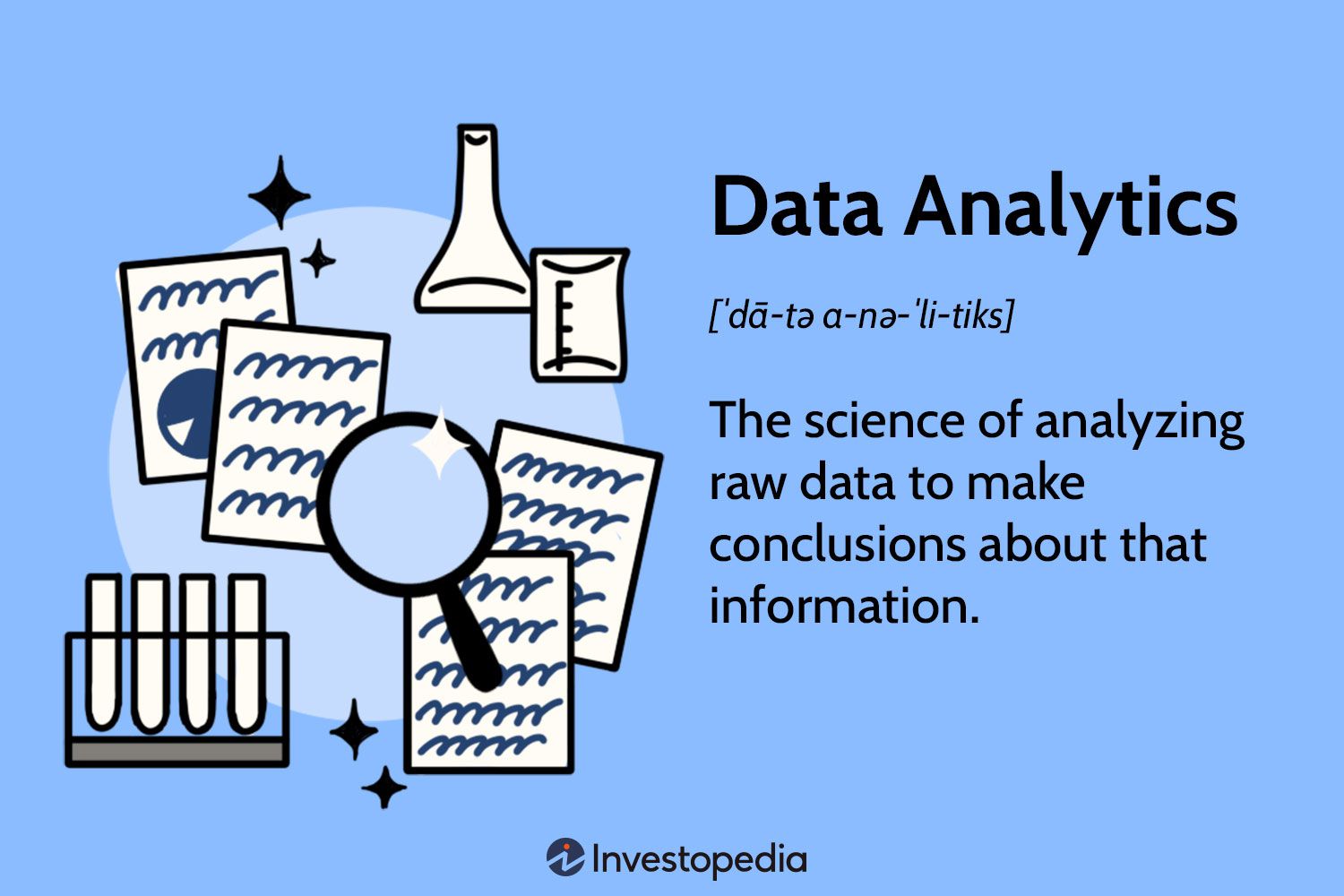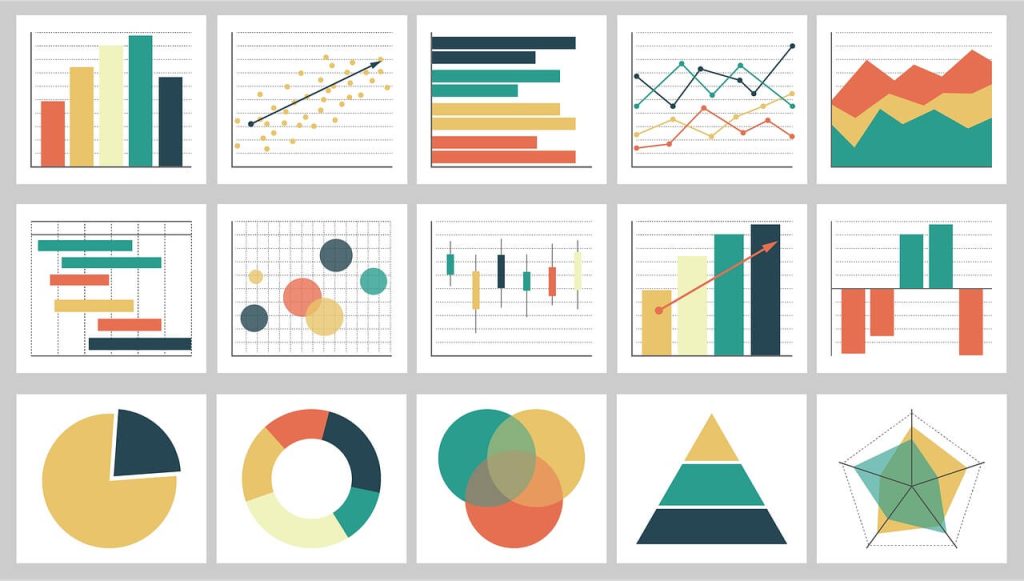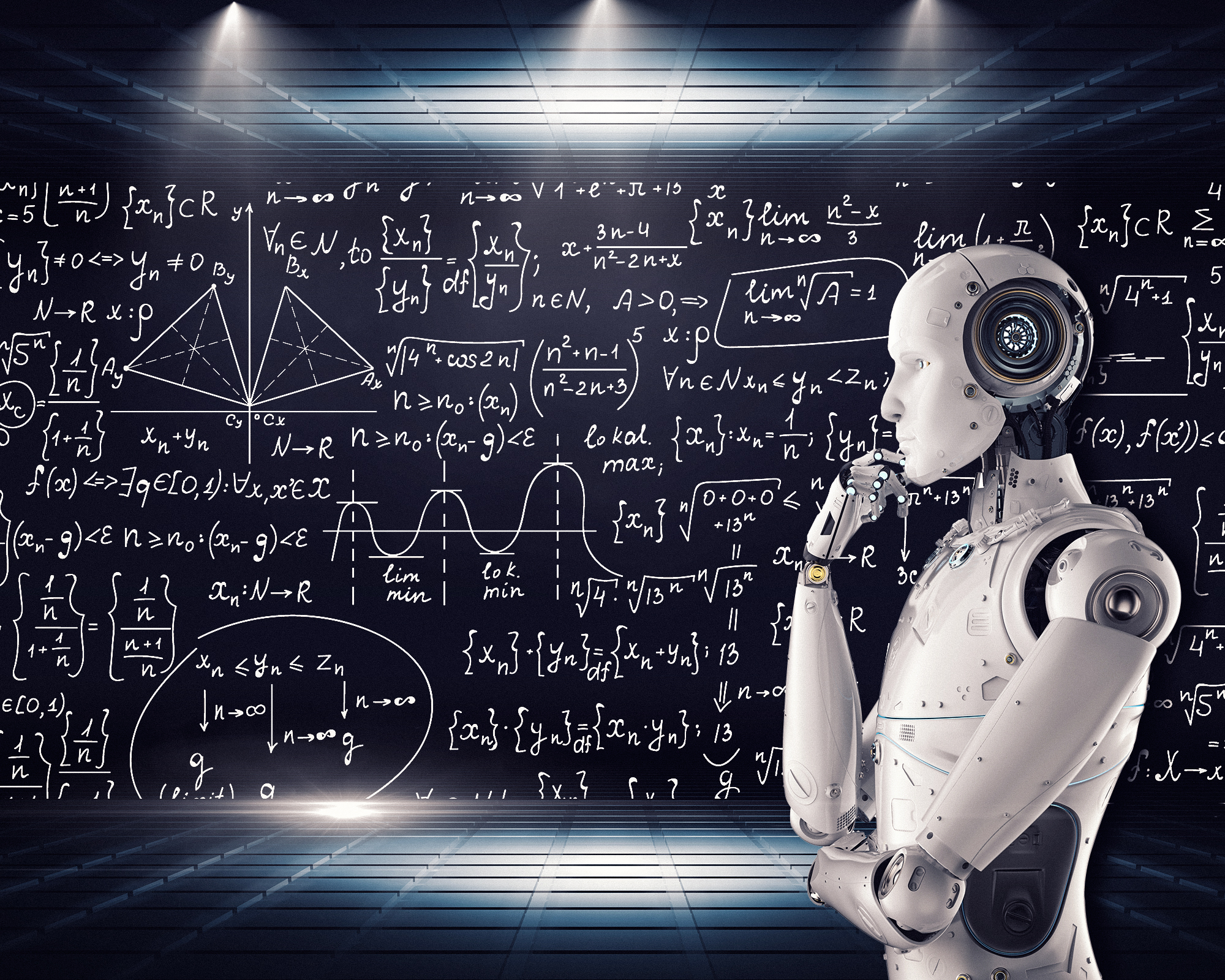
Python Libraries for Data Scientists: Top 10 Must-Knows in 2022
As a data scientist, having the right tools at your disposal is crucial for success. Python, being a popular and versatile programming language, offers a wide range of libraries that can help you perform your job efficiently. In this article, we’ll explore the top 10 Python libraries that every data scientist should know in 2022.
Pandas: The Data Manipulation Powerhouse
Pandas is an open-source Python library that provides data manipulation and analysis tools. It’s particularly useful for analyzing data using its powerful data structures for manipulating numerical tables and time series analysis. With Pandas, you can easily import and clean datasets, perform data filtering, and create data visualizations.
 Data analysis with Pandas
Data analysis with Pandas
Numpy: The Mathematical Computing Library
NumPy is another essential library in Python that’s used for mathematical functions. It’s particularly useful for array and matrix processing using a set of mathematical functions. NumPy is the foundation for data science libraries such as SciPy, Matplotlib, Pandas, Scikit-Learn, and Statsmodels.
Statsmodels: The Statistical Modeling Library
Statsmodels is a fantastic library for rigorous statistics. This multipurpose library is a mix of multiple Python libraries, drawing on Matplotlib for its graphical functionalities, Pandas for data handling, Pasty for handling R-like calculations, and NumPy and SciPy for its foundation. It’s particularly useful for developing statistical models, such as OLS, as well as running statistical tests.
 Statistical modeling with Statsmodels
Statistical modeling with Statsmodels
Seaborn: The Data Visualization Library
Seaborn, which is built on Matplotlib, is a useful library for developing various visualizations. The ability to create magnified data visuals is one of Seaborn’s most crucial characteristics. Some of the associations that aren’t immediately visible can be represented in a visual context, which helps data scientists better comprehend the models.
 Data visualization with Seaborn
Data visualization with Seaborn
Requests: The HTTP Request Library
Requests is another different library module in Python used for sending HTTP requests and supports functionalities like adding headers, the formation of data, and accessing responsive data objects, which include content data, encoding data, status, etc.
Scipy: The Scientific Computing Library
Scipy is an open-source library in Python mainly used in mathematical and scientific computations, technical and engineering computations. It’s mainly built on NumPy.
Sqllite 3: The Database Operations Library
Python programming language provides a library for database operations. This library is mainly used for database operations using SQL queries.
Keras: The Deep Learning Library
Keras is an open-source TensorFlow library interface that allows for rapid deep neural network testing. It provides tools for constructing models, visualizing graphs, and analyzing datasets.
TensorFlow: The Deep Learning Framework
TensorFlow is an open-source library for deep learning applications built by the Google Brain Team. Initially conceived for numeric computations, it now provides a rich, flexible, and wide range of tools, libraries, and community resources that developers may use to create and deploy machine learning-based applications.
SciKit-Learn: The Machine Learning Library
SciKit-Learn is a machine learning library that includes classification, regression, and clustering methods such as DBSCAN, gradient boosting, support vector machines, and random forests. It’s particularly useful for conventional ML and data mining applications.
 Machine learning with SciKit-Learn
Machine learning with SciKit-Learn
In conclusion, these top 10 Python libraries are essential for data scientists to master in 2022. By incorporating these libraries into your workflow, you’ll be able to perform your job more efficiently and effectively.














